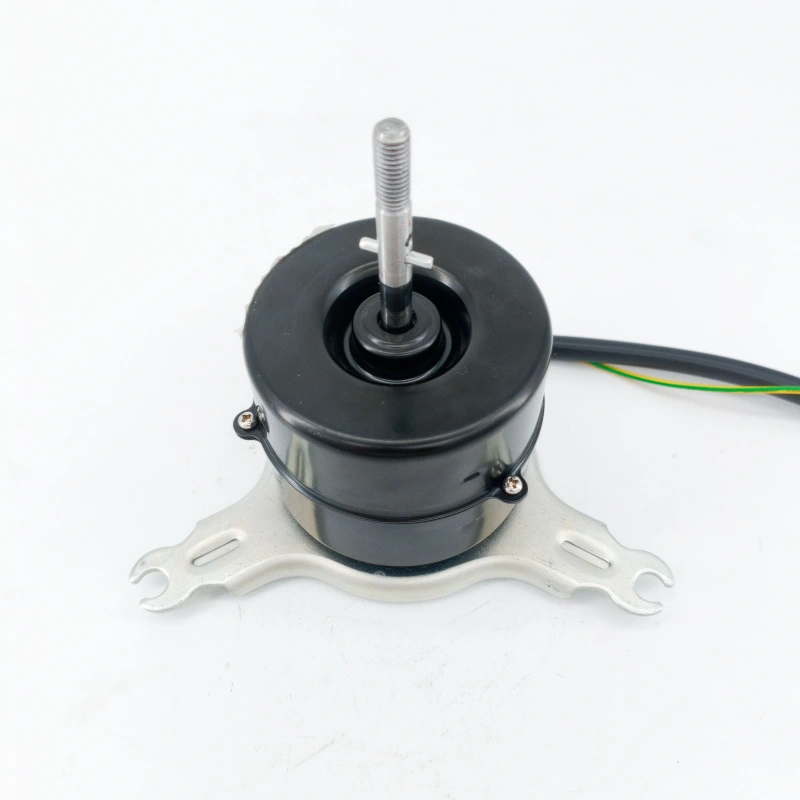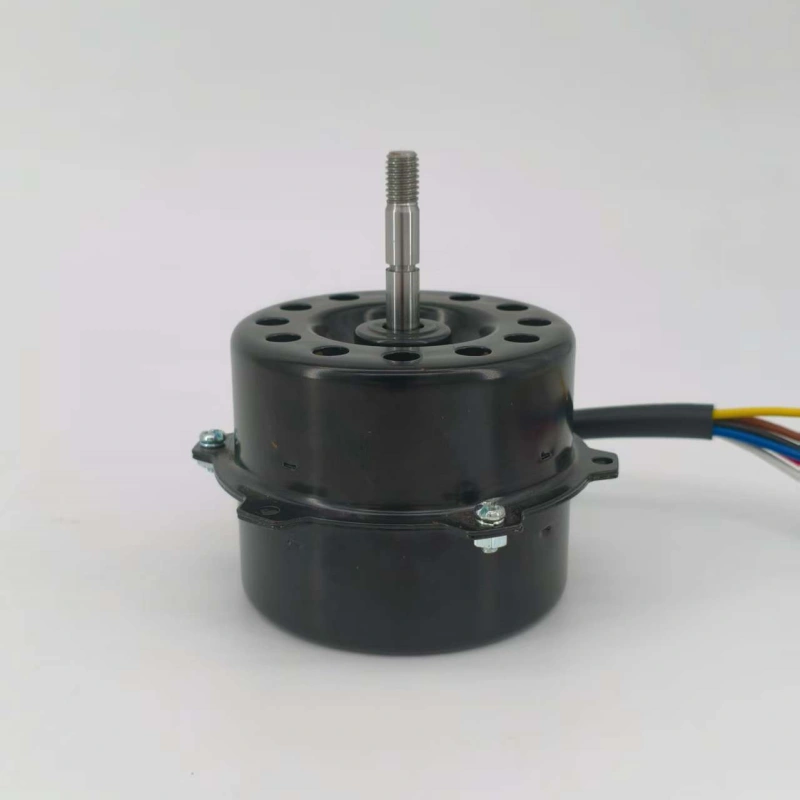The practical value of an air purifier often lies in the scientific resolution of these “detailed pain points”. These seemingly complex issues essentially stem from insufficient understanding of the machine’s operating logic, filter characteristics, and purification principles. Combining product design rules and practical usage scenarios, we can solve them one by one from three aspects: “operation strategy, filter maintenance, and status judgment” to achieve a balance between efficiency and economy.
The controversy over “24/7 operation” mainly centers on balancing purification effectiveness and usage costs. Modern air purifiers are designed with very user-friendly energy consumption; the rated power of mainstream models is mostly between 30-80W. Even if operated continuously for 24 hours, the daily electricity cost is only 1-3 yuan, which is far lower than the damage to the machine caused by frequent start-stop cycles. However, “24/7 operation” does not mean “running at high speed all the time”. A scientific operation strategy should be “adjusting the gear on demand”: when pollution is severe (such as smoggy days or after cooking), turn on the high gear for rapid purification, and switch to automatic gear or sleep gear after 1-2 hours. Air purifiers with automatic gear can monitor air quality in real-time through sensors and automatically reduce the speed when the PM2.5 concentration is below 50μg/m³, which not only saves energy but also extends the service life of the fan. Using the sleep gear at night can control the noise below 30 decibels, which will not affect sleep while maintaining basic purification capabilities to prevent the accumulation of pollutants at night. It should be noted that long-term idleness may cause the internal filter to become damp and moldy. Therefore, it is recommended to turn on the machine 1-2 times a week for 30 minutes each time to keep the machine dry, even if it is not used frequently.
Whether filters can be cleaned and reused is the key to reducing usage costs. The answer depends on the type of filter, and a “one-size-fits-all” approach should be avoided. The core of HEPA filters (especially those of H11 grade and above) is a dense fiber structure that traps and electrostatically adsorbs pollutants. Cleaning will damage the fiber structure and electrostatic layer, leading to a sharp drop in purification efficiency. Therefore, such filters must be replaced regularly and cannot be cleaned. However, their service life can be extended through “preliminary pretreatment”: using a vacuum cleaner to remove floating dust from the filter surface every week, or gently wiping it with a dry cloth, which can reduce particle blockage and extend the replacement cycle from 6 months to 8-10 months. Activated carbon filters are divided into “ordinary type” and “renewable type”. Ordinary cylindrical activated carbon filters cannot be restored after adsorption saturation and need to be replaced directly; some high-end models are equipped with “high-temperature regenerable activated carbon filters”, which can activate the adsorption capacity through the machine’s built-in heating function and be reused 3-5 times before replacement, saving nearly half of the filter costs. Regardless of the type of filter, if there is a noticeable odor or a sharp reduction in air volume, it must be handled in a timely manner even if it has not reached the recommended replacement time.
When facing a “drop in purification values”, do not rush to conclude that there is a machine malfunction. You can find the cause through a “three-step troubleshooting method”. The first step is to check the filter status. If the filter is heavily dust-laden, it will increase the air duct resistance, leading to a natural decline in purification efficiency, which is the most common cause. The second step is to observe the usage environment. If you have opened windows frequently recently, added pets, or carried out renovations, the indoor pollutant concentration will far exceed the machine’s rated purification capacity, and a drop in values is a normal phenomenon. In this case, you should reduce the purification space or turn on the high gear. The third step is to check the machine’s sensor. If the sensor of some models is covered with dust, it may cause false value reporting. You can gently wipe the sensor probe with a cotton swab dipped in clean water (remember to cut off the power first), and restart the machine after it dries to observe the situation. If the value is still abnormal after troubleshooting, you can contact the brand’s after-sales service to check the fan performance. Generally, the fan of regular brand products has a service life of 5-8 years, and the probability of malfunction is relatively low. In addition, it is recommended to record the purification values in the same environment once a month to form “benchmark data”, which is convenient for detecting abnormalities in a timely manner.
To summarize, the core of the “efficient and economical operation” of an air purifier is to establish the awareness of “scientific use + precise maintenance”. There is no need to worry about 24/7 operation; adjusting the gear on demand can balance energy consumption. For filter maintenance, “classification treatment” is required, and blind cleaning or delayed replacement should be avoided. When the purification value is abnormal, first check the environment and filter, then consider machine malfunctions. These details can not only ensure the air purifier continues to function but also control its usage cost within a reasonable range. After all, the value of an air purifier does not lie in “how expensive it is to buy”, but in “how correctly it is used”. Only a usage method that fits living habits can make it truly a worry-free and practical barrier for breathing health.




